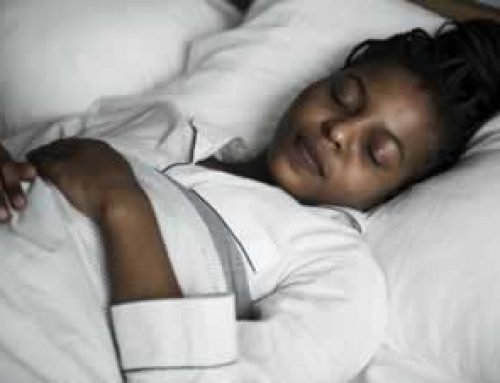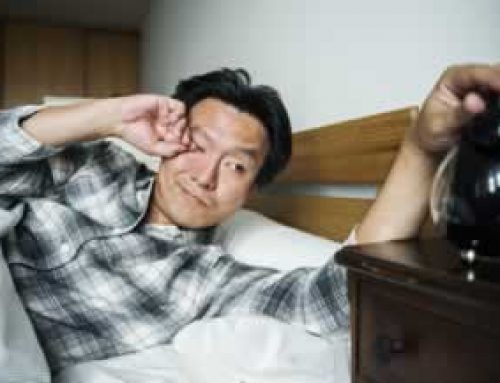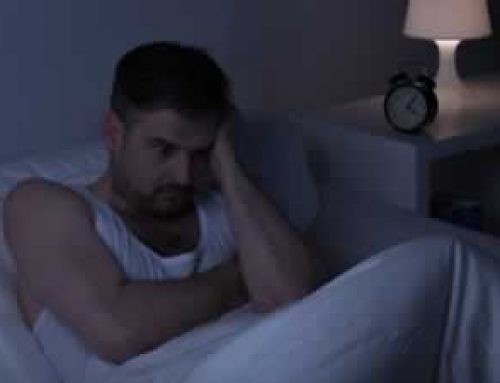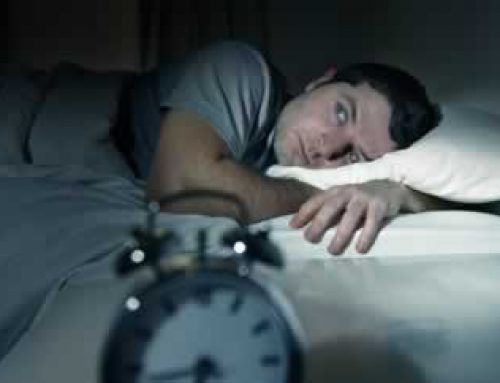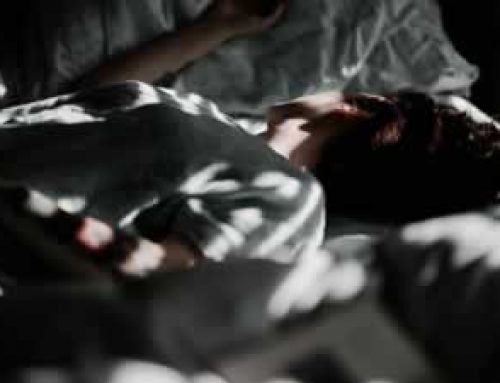The evolution of sleep: How human sleep habits have changed over time
From everything researchers can discern from historical evidence, humans have always needed sleep. While biologists still do not entirely know why our species didn’t evolve out of this basic need, they do know it remains a biological imperative. One thing that has changed is the way we sleep.
The evolution of sleep from the nest to self-adjusting bed
Today, most of us slide into a big, comfortable bed with cozy bedding and a selection of pillows. However, sleeping conditions weren’t so pleasant for our distant relatives and varied considerably over time.
Early Man
Research shows that early humans typically slept in ground-based nests of grasses and other soft materials built close to the walls of caves. It is believed that early man slept curled up in a fetal position based on the small, round shapes of nests discovered.
Ancient Egypt
Archeological finds suggest that Ancient Egyptians both feared and respected sleep, believing it to be similar to death in that the soul could travel beyond the physical body during sleep and communicate with the dead as well as gods. The used a headrest made of wood, ivory, pottery, or stone as a “pillow” (similar to the one used for funerals) and covered themselves with wet blankets to stay cool when sleeping. Egyptians put quite an emphasis on dreams as they believed they received important information in them to guide their life; they even built special dream or sleep temples with dream bed in them to “incubate” dreams. Egyptian medicine papyri contain some of the earliest mentions of treating sleep conditions such as insomnia, snoring, and narcolepsy.
Ancient Rome
The Roman sleeping culture was biphasic, consisting of two main divisions: the midday rest and one period of sleep at night. Roman households had routine-based nightly activities and very likely also permanent sleeping spaces. However, these may have changed according to the season. The bedrooms of the elite were believed to be private, small spaces that may have also served other purposes throughout the day. Romans are believed to have held a negative outlook on sleeping and night, yet the positive aspects of resting were admitted, sleep deprivation was understood to be harmful, and problems of sleeping were actively remedied. Most interestingly, the Roman bed was a multifunctional piece of furniture – a place for sleeping, making love, ailing, dining as well as pursuing literary activities – quite similar to our current uses of beds. Comfortable and even luxurious bedding was also believed to be quite popular.
Medieval Europe
The medieval sleeping culture was also generally biphasic, though it consisted of two periods during the night typically. The rich would sleep in a wooden bed, with ropes woven across the middle for the mattress to rest on. Mattresses were usually filled with straw, though towards the end of the Medieval times feathers or down was used as filling more often. They were then covered with a decorative fabric. Entire families sometimes shared one bed, as well as the covers, as it was often the most expensive item in the home. The poor would sleep together on leaves, straw or hay covered with animal skins or other fabric. Heavy curtains were frequently hung around the bed to keep warmth in and provide privacy since it was common for multiple people to sleep in the same room. Servants commonly slept in the same room as their masters. In fact, it wasn’t uncommon for guests, traveling peddlers, and traveling companions to share a bed.
The Victorian Era
Sleeping culture remained generally biphasic. People typically slept for around five hours and then woke up. The next hour or two would be dedicated to prayer, chores, reading, relaxing, or intimacy and then the people would settle down for the second round of sleep.
The Victorian home had many rooms and was divided into areas for servants and masters. This was symbolic of the shift toward privacy that had been gaining popularity over the past two centuries. The change in the design of homes enabled individual bedrooms to be assigned to each family member, even the husband and wife had their own room, and each had their own bed. Gradually the idea that communal sleeping was improper and downright immoral took hold and trickled down to the lower classes. It was also during this period that iron and steel beds were developed to replace wooden ones.
With the proliferation of electric light sources and a shift away from an agrarian economy, people started to go to sleep later. It became for the first time fashionable to stay up after the sun went down. This was when theatrical plays and operas began to be put on in the evenings. Staying up late, because one could sleep late in the morning, was a sign of wealth and luxury, as was being able to afford all the candles that made it possible. Napping during the day was common, mainly by soldiers and servants who did so while sitting up frequently.
The Industrial Revolution
The Industrial Revolution profoundly affected the way humans sleep, bringing with it the monophasic sleep pattern we practice today. As the shift from a farming and handicrafts based economy to one of mass manufacturing and production was made it brought with it conveyor belts and factory life requiring a change in how and when the labor force worked. Longer-than-normal hours of working time, changing social attitudes toward the night, and the widespread availability of artificial lighting—specifically in the forms of gas lamps and the electric light bulb supported this move to monophasic sleep. Though, just as the Industrial Revolution actually took several centuries to unfold completely, it wasn’t until the 1920s when references to biphasic sleep with its two periods of sleep disappeared.
Bed designs changed from being highly ornate to more simple and elegant as they became mass produced. Box springs were invented for shock absorbance and weight distribution in the latter half of the 19th Century.
20th Century
Beds became more affordable to the masses as the number of companies in the bedding industry grew. The use of metal bedsprings, more hygienic fillings and ticking, and mass production methods became the norm. The Murphy bed and waterbed moved from concept into mass production. In addition, as the 20th century drew to a close, memory foam, a heat sensitive solid foam that would soften and conform to your body as it warmed up and then would return to its original firm state as it cooled again, was invented by NASA and became affordable enough for average people.
The push for production and business success led to increasingly shorter sleep periods. The study of sleep gained popularity, bringing with it the extension of the practice of medicine to include the sleeping patient. Significant advances included the recognition of the concept that sleep consists of REM sleep and non-REM sleep, the discovery of obstructive sleep apnea, major clinical interest in managing patients with sleep disorders, and the development of Polysomnography.
Today
While still practicing monophasic sleep, humans are sleeping less than ever as technology, artificial light, and social and business demands keep us awake. While technology enables sleepers to choose from dozens of mattress sizes and types and to track, analyze, and improve their sleep patterns, these developments largely go underutilized. Plus, there is a significant divide in society between those who have these capabilities and those who don’t and those who are aware of the impact of sleep on their total health and those who don’t.
Sleep medicine is focused on bringing sleep completely into the mainstream of medical practice and the public health arena in an attempt to bridge this gap. There is a strong focus on sleep physiology, sleep deprivation, and sleep disorders, particularly obstructive sleep apnea. Effective treatments have been developed for obstructive sleep apnea, narcolepsy, and many other sleep disorders. These treatments have the potential to quickly positively impact the total health and wellness of those with sleep disorders and in many cases can reverse the damage done by those conditions.
Conclusion
While many things about sleep and sleeping have changed throughout time, one thing hasn’t – our need for quality sleep. Sleep medicine is working hard to ensure that this biological imperative can be met effectively. Whether you’re suffering from a sleep breathing disorder like obstructive sleep apnea or insomnia, there are effective treatment options to help you be your best.
It all starts by finding out what your sleep problems are specifically; there are over 80 recognized sleep problems! We’re here to help you get insights into your sleep and find effective treatment. Take our online sleep assessment today for insights on what’s causing your sleep problems.
If results show signs of a obstructive sleep apnea or other sleep disorder, schedule an appointment with your personal physician to further discuss your sleep problems and options for home sleep testing through Vitalistics. Your sleep is a critical piece of your overall wellness – don’t let it slip away!




